Che cos'è un bagno di gatti auto -pulizie e come funziona?
Se hai un gatto, sai che pulire la lettiera non è esattamente il momento clou della tua giornata. Raccogliere, setacciare e rimuovere continuamente i residui può essere faticoso e spiacevole. E se ci fosse un metodo migliore e più efficiente? Ecco perché entrano in gioco le lettiere autopulenti.

Cos'è una lettiera autopulente?
Le lettiere autopulenti sono essenzialmente versioni automatizzate delle lettiere tradizionali. Invece di rimuovere manualmente i rifiuti, il dispositivo si occupa di questo compito automaticamente. Questo significa meno lavoro, meno odori e meno rifiuti.

Come funziona una lettiera autopulente?
La maggior parte delle lettiere autopulenti è dotata di sensori che rilevano quando il gatto ha lasciato la lettiera. Dopo un certo periodo di tempo, durante il quale i rifiuti si sono accumulati, si attiva un meccanismo che li sposta in un contenitore separato. Ecco i passaggi generali:
![]() Sensori: Rilevano quando un gatto entra ed esce dalla lettiera. Alcuni sistemi sono dotati anche di sensori di peso per garantire che la pulizia non inizi mentre il gatto è ancora nella lettiera.
Sensori: Rilevano quando un gatto entra ed esce dalla lettiera. Alcuni sistemi sono dotati anche di sensori di peso per garantire che la pulizia non inizi mentre il gatto è ancora nella lettiera.
![]() Ritardo temporale:Dopo che il gatto ha lasciato la lettiera, il sistema attende qualche minuto affinché le feci si depositino.
Ritardo temporale:Dopo che il gatto ha lasciato la lettiera, il sistema attende qualche minuto affinché le feci si depositino.
![]() Meccanismo di puliziaA seconda del modello del water, questo può includere un rastrello, un setaccio o una piattaforma rotante. Raccoglie le feci agglomerate e le trasporta in un contenitore per i rifiuti.
Meccanismo di puliziaA seconda del modello del water, questo può includere un rastrello, un setaccio o una piattaforma rotante. Raccoglie le feci agglomerate e le trasporta in un contenitore per i rifiuti.
![]() bidone della spazzatura: Di solito si tratta di un'area sigillata per ridurre al minimo gli odori. Molti modelli hanno un coperchio o uno sportello che permette di rimuovere e svuotare facilmente il contenitore senza entrare in contatto con i rifiuti.
bidone della spazzatura: Di solito si tratta di un'area sigillata per ridurre al minimo gli odori. Molti modelli hanno un coperchio o uno sportello che permette di rimuovere e svuotare facilmente il contenitore senza entrare in contatto con i rifiuti.
![]() svuotamento: Di tanto in tanto è necessario svuotare i contenitori dei rifiuti, pulire il sistema e, se necessario, riempire nuovamente con lettiera fresca.
svuotamento: Di tanto in tanto è necessario svuotare i contenitori dei rifiuti, pulire il sistema e, se necessario, riempire nuovamente con lettiera fresca.


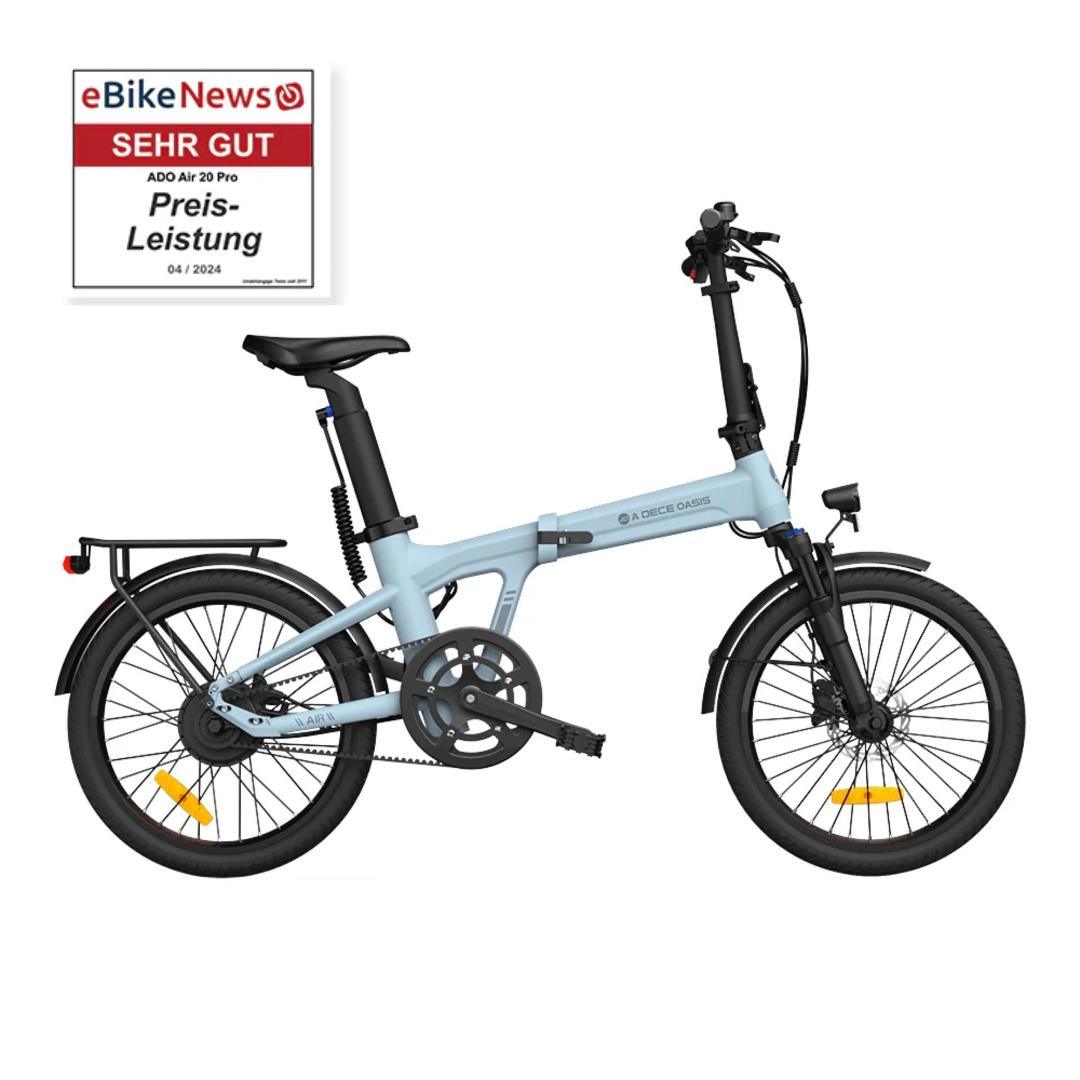
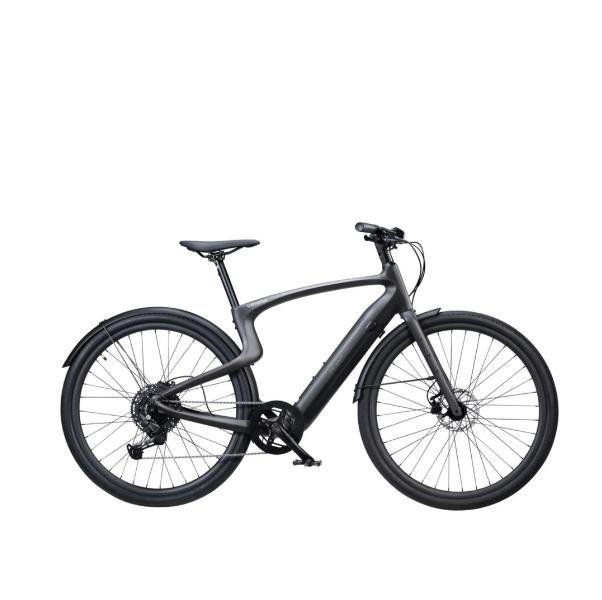
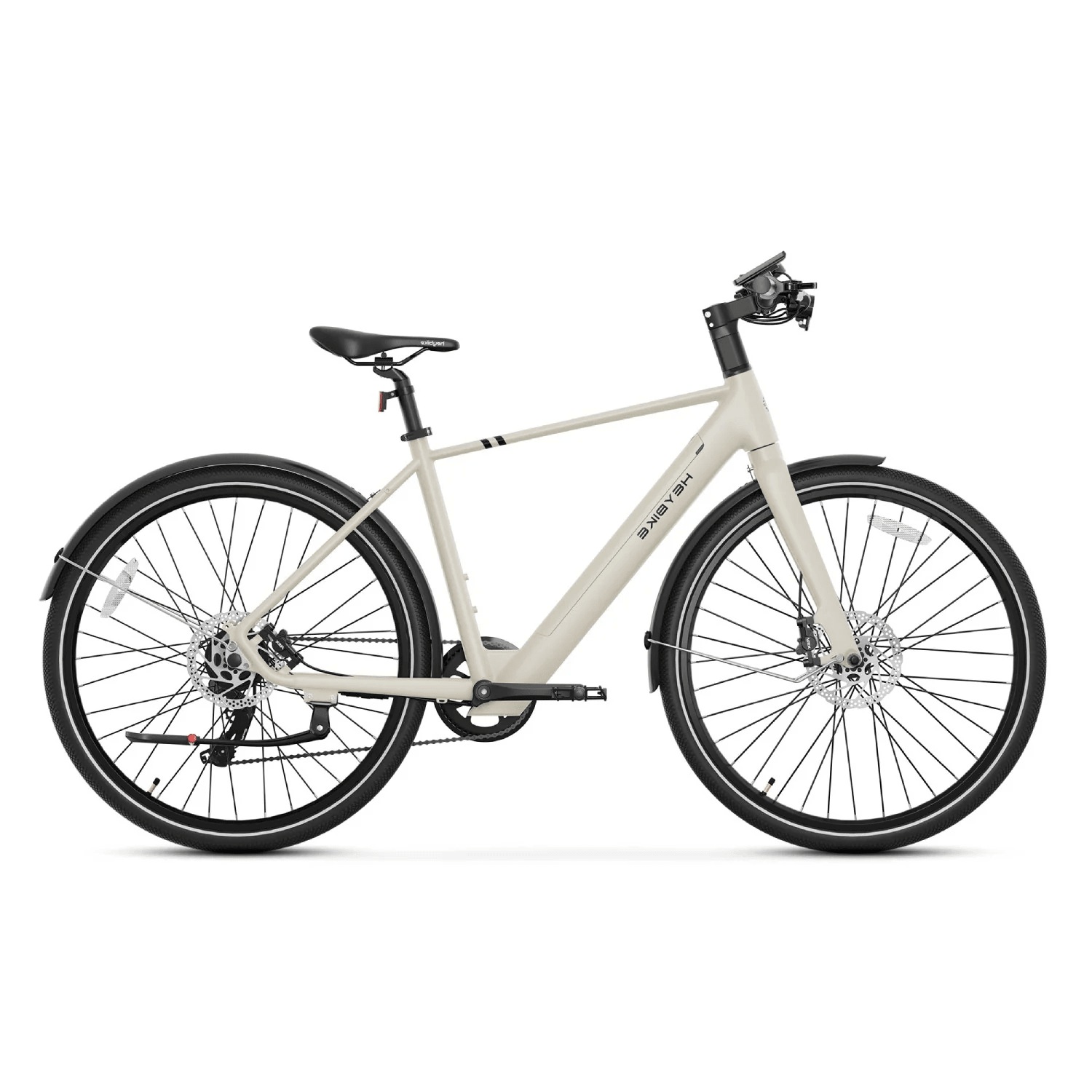
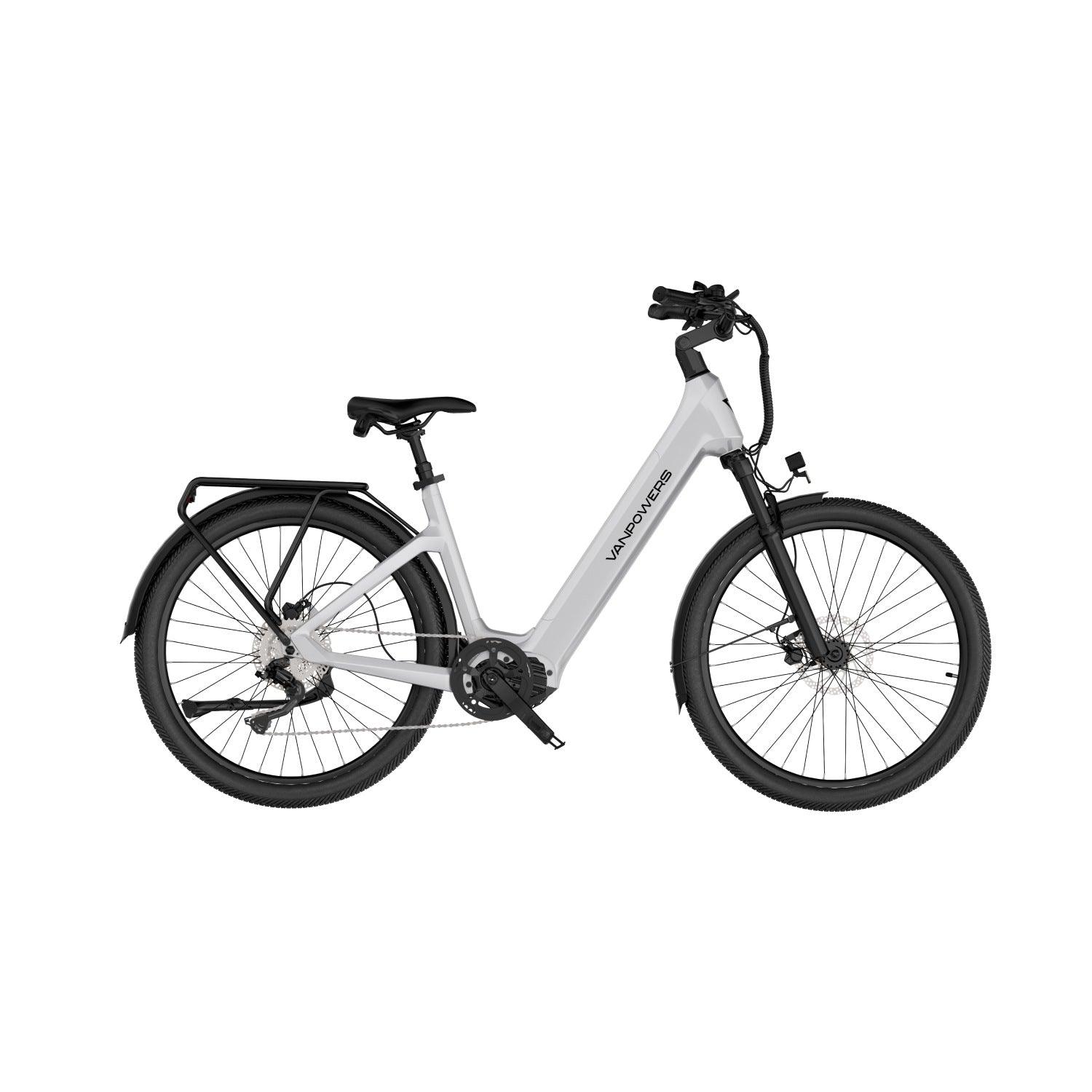
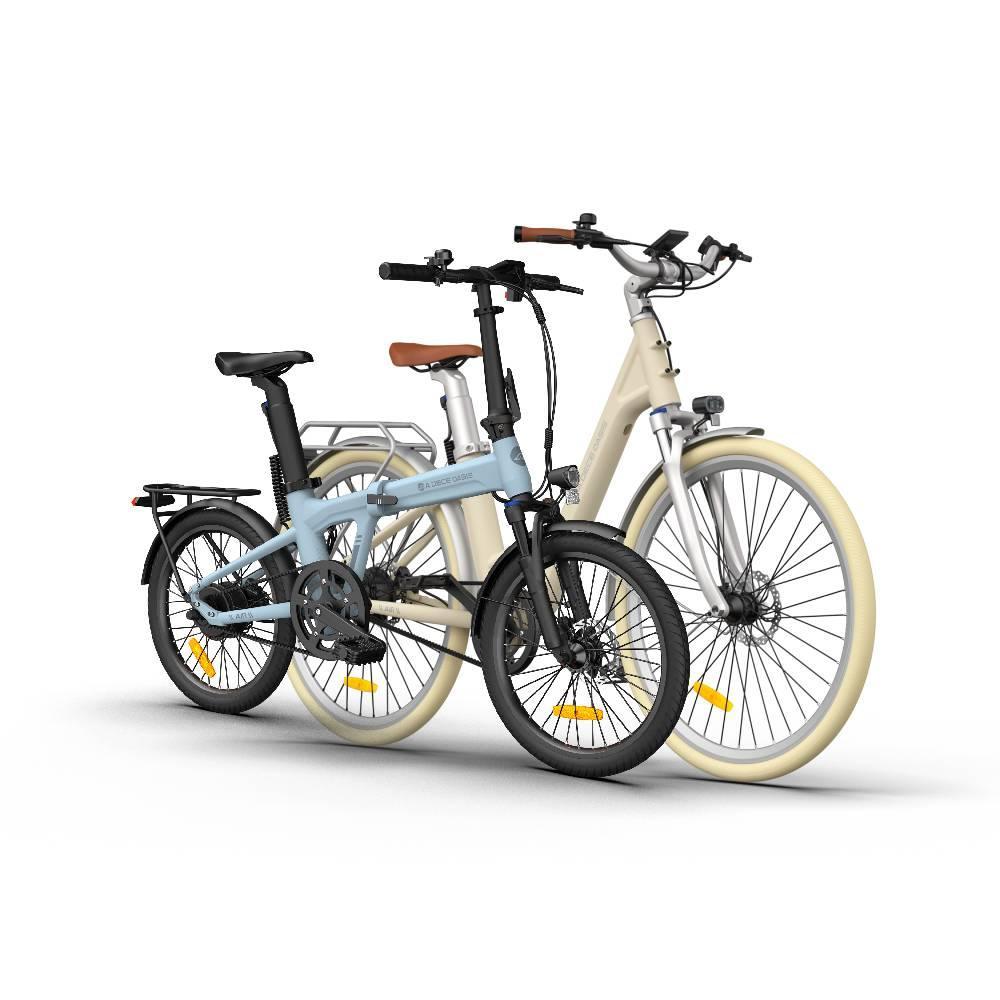
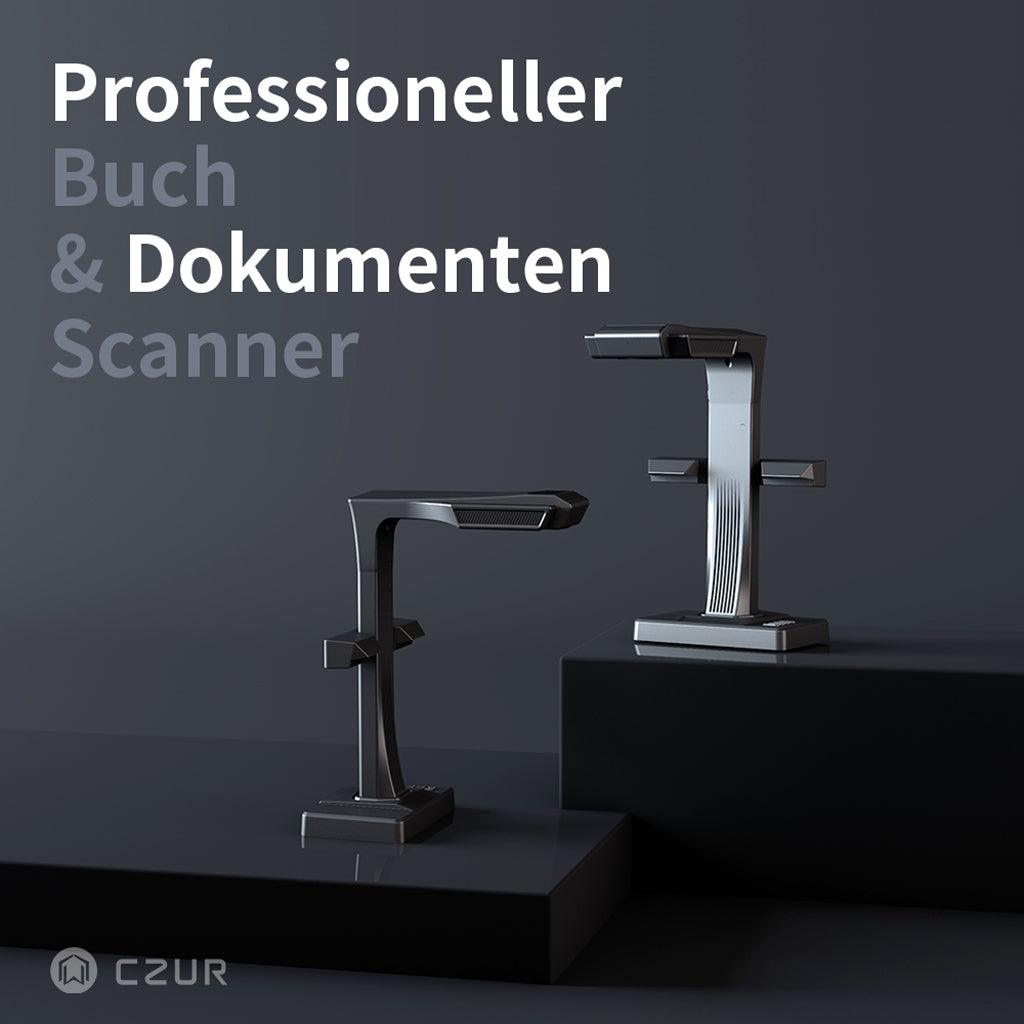

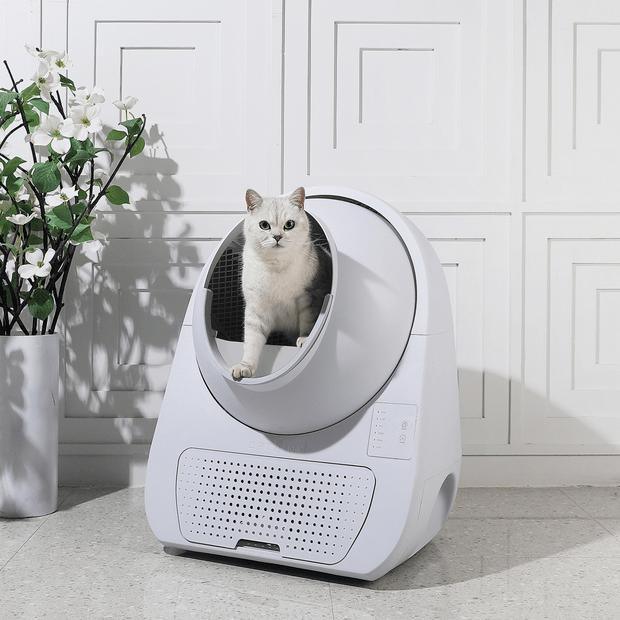
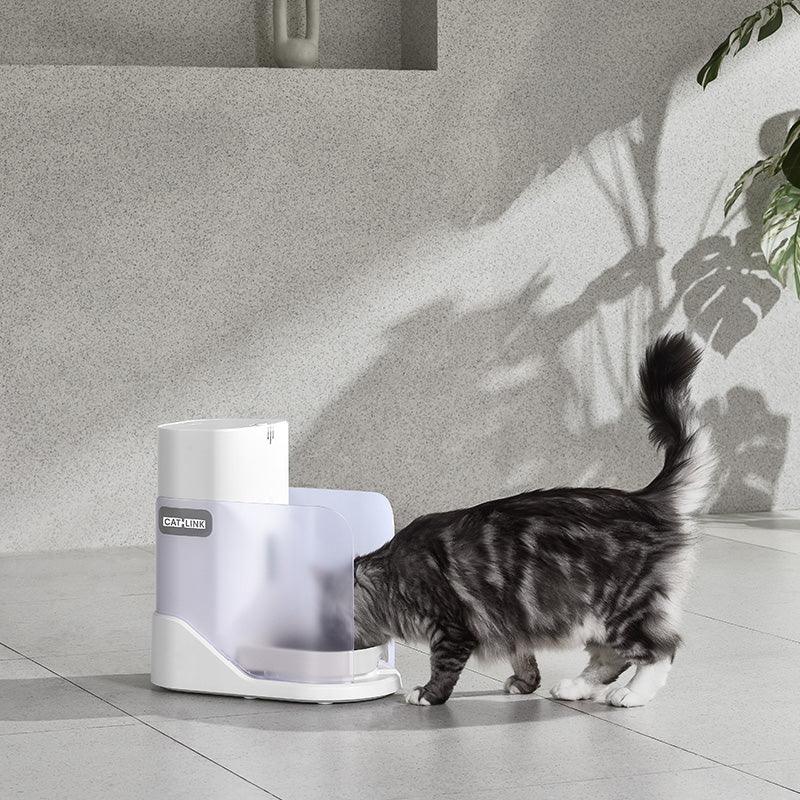
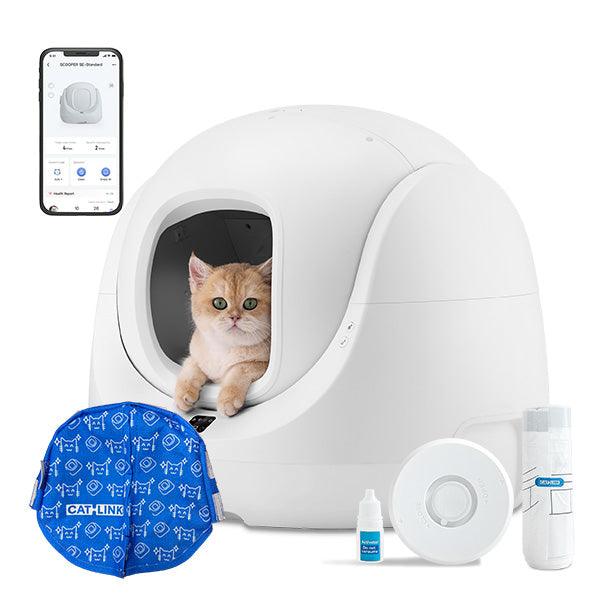
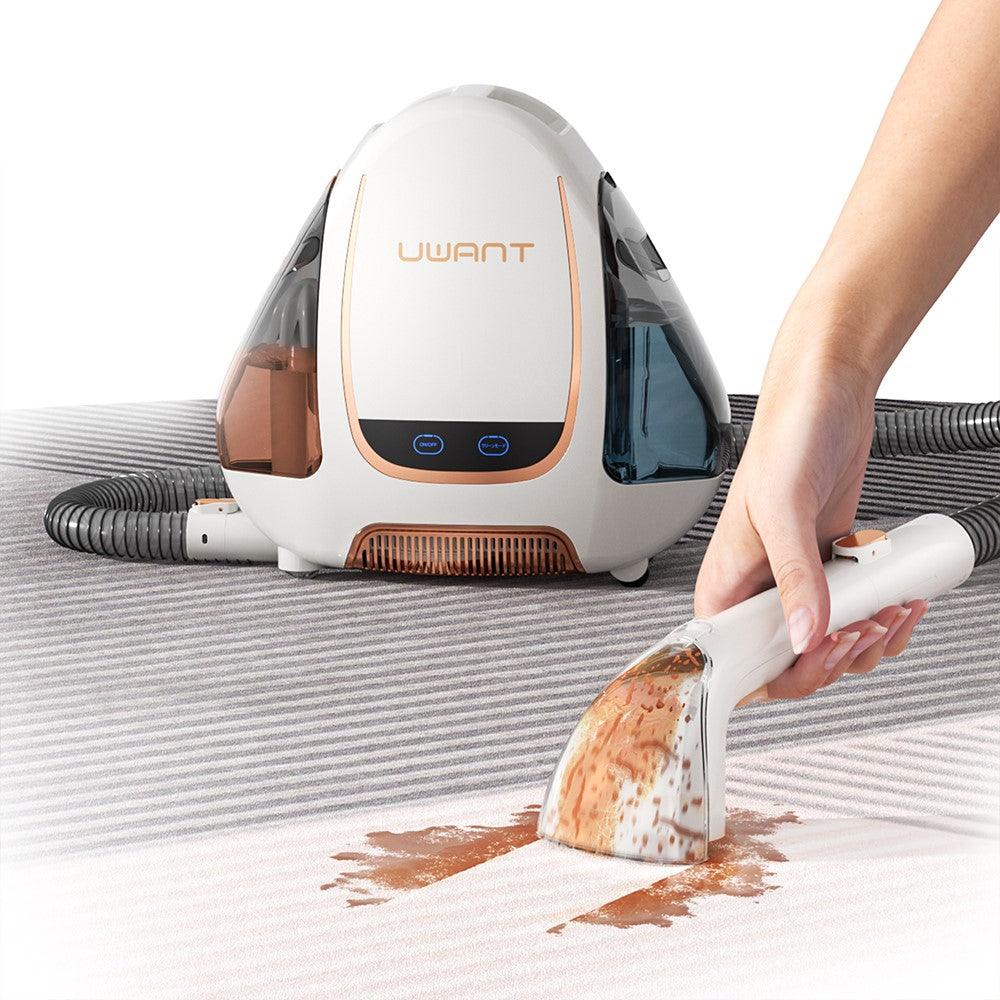
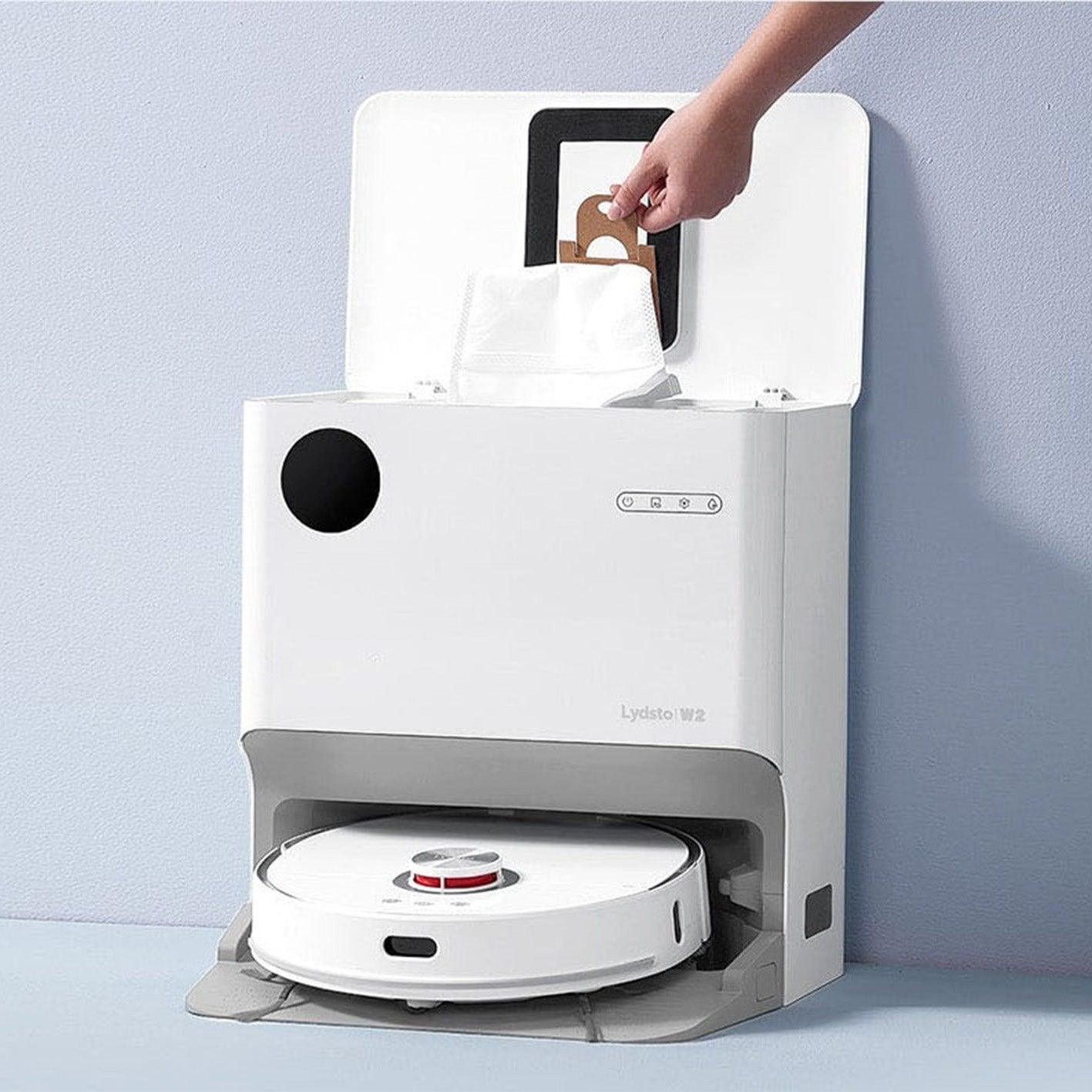






Lascia un commento